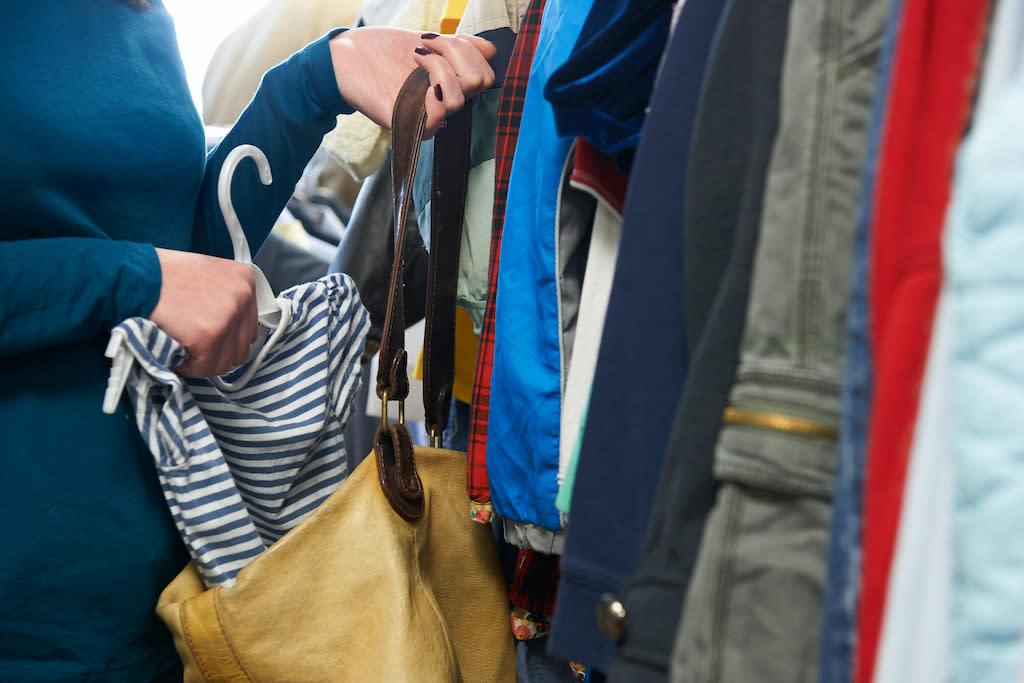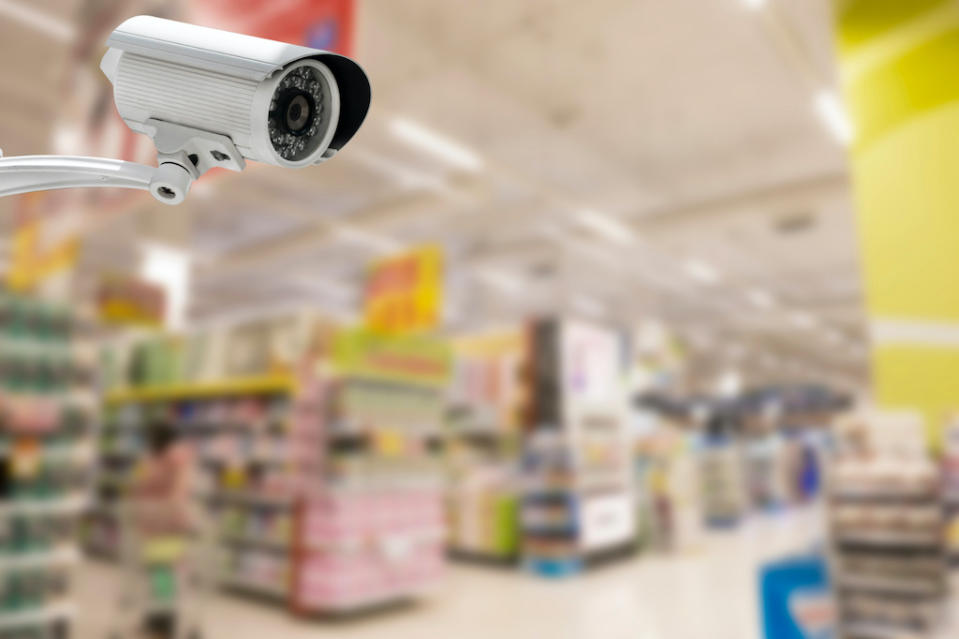Retail’s Most Underrated Theft Problem Is Employees Stealing From Their Stores — Experts Reveal How to Stop Them

In recent quarters, retailers have been quick to decry shoplifting and organized crime rings as a hindrance to profit growth. Just last week, Target said it would close nine stores in four major cities as it faces waves of organized crime and theft. Nike also recently closed a store in Portland amid a rise in crime in the area. And retailers like Dick’s Sporting Goods and Walmart have also recently spoken out about external retail crime bitting into profits.
According to recent data from the National Retail Federation (NRF), internal theft — or when employees steal from their own stores — amounts to a significant portion of overall theft loss as well. This has been an ongoing issue for storeowners, but is reemerging as a concern amid the rise in overall crime.
More from Footwear News
Rising Retail Crime Is Not Just an American Problem: UK Businesses Lost $2.13 Billion Last Year
'Cinderella' Burglar's Missing Flip-Flops Lead to Home Robbery Arrest in Georgia
In 2022, internal theft was responsible for 29 percent of retailers’ loss related shrink, or when stores have fewer products than recorded in inventory books largely driven by retail crime. The survey, which was conducted among senior retail loss prevention and security executives, found that internal and external theft together accounted for nearly two-thirds (or 65 percent) of retailers’ shrink in 2022. In the footwear sector, the shrink rate is less than 1.5 percent.
While it currently ranks as the second largest contributor to loss, internal theft is no small threat. NRF found that the average dollar loss reported for an internal theft was $2,180 per investigation, on par with the levels in 2021 and 2020. However, retailers have recently appeared to be more focused on external threats like organized crime rings and shoplifters.
“It’s certainly not making the headlines like shoplifting,” said John Harmon, managing director of technology research at Coresight Research, which offers insights and data on retail and technology. “But I think the threat is always there.”
What causes internal theft?
Internal theft is not a new issue. In 2021, internal theft accounted for 28.5 percent of total inventory shrink, NRF found.
At the most basic level, a retail store employee who wants to steal from his or her store has an advantage above a regular shoplifter. That is, they have a deeper understanding of how the store functions and what, if any, security measures are in place. When it comes to footwear stores, the situation is similar to broader retail, though shoes can be more difficult to conceal than other items like accessories and apparel. In some cases, employees might assist their friends in shoplifting a pair of shoes and turn a blind eye.
This knowledge can assist a theft-prone employee throughout the year. But the problem worsens in the fall and winter with the influx of short-term seasonal workers, who come on board for just a few months to assist during major shopping holidays.
“There’s definitely a spike in employee theft during that seasonal worker period of time, because of the loyalty factor and the lack of screening,” said retail security consultant Chris McGoey, explaining how retailers will often chase after any employees they can get during this time to make sure they have enough staff on the ground. At the same time, these seasonal workers join with the knowledge that their employment is limited to the holidays.
“The employee thieves who like to work in the retail industry could just move from store chain to store chain, market to market, and if there’s no reference checking, or any type of screening process, they can make a pretty good ‘bonus’ at every job they have,” McGoey said.
At the same time, retail employees often have a front row view of external shoplifting and organized retail crime occurring in their stores, which often results in perpetuators getting away with their crimes.
“They see the same headlines we do and they see people getting away with massive shoplifting and organized retail crime,” Coresight’s Harmon said, noting the general economic strain of American working class citizens living with inflation. “It’s conceivable for them to think, ‘Well, why don’t I do it too?'”
How to combat internal theft

Retail leaders, at least broadly, seem to agree that internal theft needs to be addressed.
48.5 percent of respondents in NRF’s 2023 survey said that internal theft is more of a priority compared the one year ago. In 2022, 56.9 percent said the issue was more important compared to five years ago.
According to McGoey, making sure upper management is trained in inventory management and asset protection is a crucial step in ensuring that there is proper oversight into internal theft issues across the retail landscape. Budgeting for a loss control employee in the store could also be an effective tool. However, he noted the need to tailor different loss prevention tactics to different markets. For example, stores in big cities that face higher levels of crime might need more aggressive measures — like locking up some merchandise — than stores in more rural areas.
“The big stores need to look at it really on a store by store basis, and maybe have a menu of solutions depending on the depth of the problems,” McGoey said.
Other solutions include having confidential tip lines for employees to call in suspicious behavior and implementing a point-of-sale monitoring system to track for oddities in sales, returns and other transactions, said Karl Langhorst, an adjunct professor at the University of Cincinnati’s School of Criminal Justice and an expert on retail loss prevention and corporate security.
But to get to the root of the issue, Langhorst said retailers need to start at the beginning.
“I think it all starts with training and orientation of your employees,” Langhorst said. “Talk about the culture of honesty that the company has and expects from their employees.”
When it comes to footwear, keeping valuable shoes off the sales floor might deter shoplifters, but to prevent internal theft, management needs to emphasize a “zero tolerance for theft,” Langhorst said, adding the “employee bag checks as they leave work should be common practice.”
He also noted that it is important to train employees to understand that the store’s camera system is constantly monitored, but retailers shouldn’t go too far as to create a stifling work environment.
“The vast majority of employees are honest and hardworking,” said Langhorst, explaining the importance of striking a balance between controlling for theft in the workplace and acknowledging that most employees are solid workers and people. “You don’t want a work environment that is accusatory or that is not pleasant to work in.”
Best of Footwear News
Birkenstock’s Blockbuster IPO: The Brand’s 250-Year History, From Barbie to Billions
A History of Forever 21: From Humble Beginnings to Bankruptcy and the Shaquille O'Neal Bounceback
Sign up for FN's Newsletter. For the latest news, follow us on Facebook, Twitter, and Instagram.

